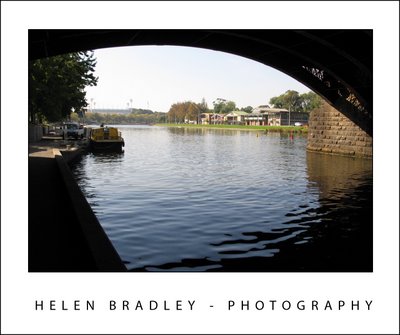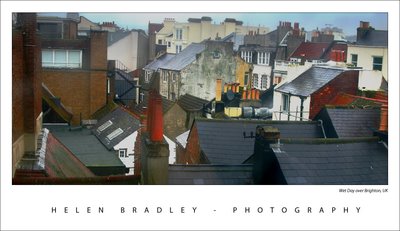
Buildings are a great subject for photographers. Buildings don’t move and that’s a big plus when you’re starting out. They also reflect changes in light throughout the day so photograph a building in the early morning and return at midday and you’ll have an entirely new perspective on it. However there are some tricks to composing good shots of buildings and the first step is to consider what you’ll photograph.
When you’re photographing a building there are a couple of possible approaches to take. One is to give the building some context by including elements around it in the photo so you get a feeling for where it is situated and how it relates to its environment. For example, when photographing a small old building in a big city – the image will look most compelling if you show the building dwarfed by the skyscrapers around it. Farm buildings can also look great when captured as small dots on a landscape of grass and trees – but they also look great close up if you fill the shot with their architectural details.
On the other hand, some buildings benefit from being closely cropped so they are the clear focus of the photo and so the viewer is invited to imagine the world beyond the edge of the image. 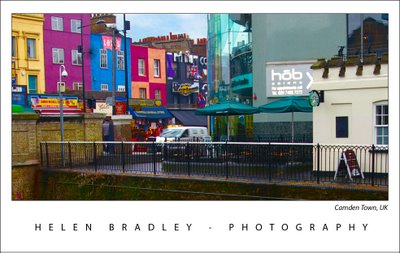
When you’re photographing in the city, consider including pedestrians to give the photograph a sense of the busyness of the city. If you’re in a foreign city then buildings with interesting colours and signage make for great photos and help to capture the essence of the country you’re visiting. Look for colour in buildings too. Quite often you’ll find a building painted a different colour to those around and the contrast between the bright saturated colour and dull grey makes for a great shot – but remember that you’ll need to include some of the grey buildings for the coloured one to really pop.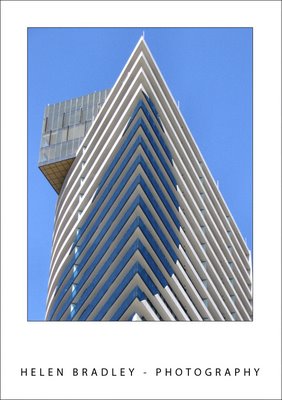
In some situations, it’s the small architectural details of the building that are most compelling. Features like small altars built into the walls or gargoyles make a wonderful shot. In other cases, look for repetitive elements such as a bank of same size windows or arches – while one arch is nice and two is ok, three or more creates a repetitive pattern which makes for a more interesting photo. If you can shoot it so the pattern starts close up and then recedes into the distance, all the better.
It is also possible to photograph a building through an arch, and when you do, you’ll find the arch shape is nicely dark and in shadow, providing a simple frame for the building. 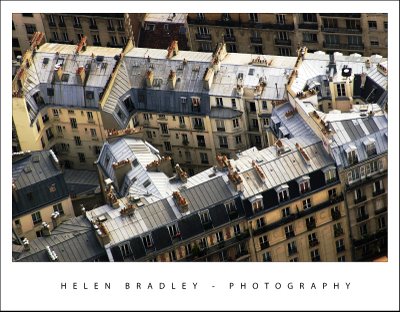
Other features that are great subjects for a photo are windows, doors and staircases. In the old part of many cities you’ll find interesting old wooden doors and cute windows, in some cases you’ll find that the inside of the building or a reflection in the window gives some interesting detail and context for the image. Staircases and paths draw the eye along the direction of movement and into the photo.
When photographing swimming pools such as at a hotel, either capture part of it framed in the landscape around it or get up high and photograph it from above. If you do this in the early morning before anyone is around you’ll get a very different photo to the one you’ll capture at midday in summer.
Bridges are also great to photograph – for these, either get far enough away to shoot the entire bridge, perhaps jammed with peak hour traffic or look for a different view. Perhaps a close up of an architectural detail or the city framed in its shape. As with all subjects, any building is best shot either early in the morning or late in the afternoon and not at midday. The exception to this is where there are some interesting weather details that throw a different colour or type of light and which will help add warmth and interest to the photo. 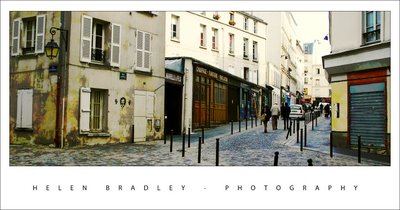
Night time opens up a world of possibilities as even the most ugly skyscraper takes on a magical glow as the sun goes down. The trick with night photography is to take long enough exposures so you capture the detail. Start by using a tripod and set it to night shooting and disable the flash (its range is only around 3 metres so it’s useless for long shots). If your camera allows you to take timed exposures, experiment with different timings. With a long exposure time, set a small aperture such as f/16 or f/22 to minimize overexposing the strongest lights in the scene. Alternately, use a shorter exposure with a larger aperture such as f/2 or f/3.5. When you combine a small aperture and a long exposure time, you will capture delicious streaks of light from car tail lights and the lights of city buildings will give the photo a great glow.
Some buildings or streetscapes are simply too wide to capture in a single shot. For these, put your camera on a tripod and capture a series of shots of the buildings from left to right overlapping each by about 20% so you can stitch these into a panorama later on. If your camera has a panorama function, use it to help line up the successive shots.
Photographs of buildings taken with digital cameras will often display perspective problems and the top of the buildings will be narrower than the bottom. This can be fixed in your graphics software later on but, when you’re taking the shot, allow for this correction and capture some extra detail either side of the base of the building so you have plenty of image to work with when you’re straightening the photo later on. 